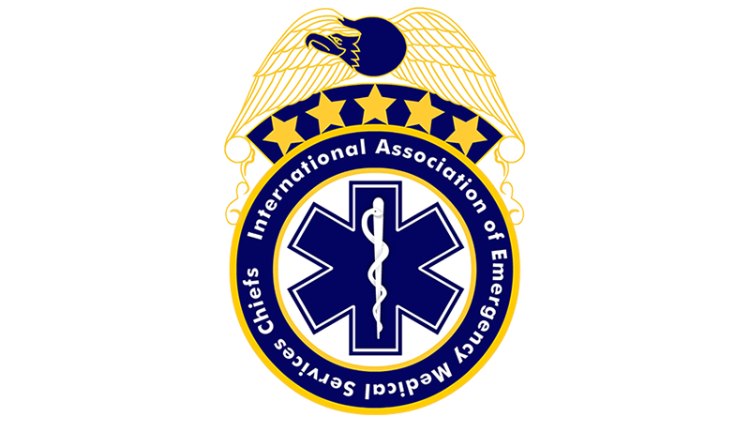Blood
IAEMSC calls on EMS systems to adopt prehospital blood transfusion programs
By Bill Carey
EMS1
WASHINGTON — The International Association of EMS Chiefs (IAEMSC) released a statement in support of prehospital blood transfusion, urging all EMS systems across the United States to explore new methods and adopt innovative practices that improve patient outcomes.
The statement cited numerous studies that highlighted the potential advantages of prehospital blood transfusion, emphasizing its capacity to increase survival rates and decrease the risk of in-hospital complications.
The rationale for using blood and plasma lies in their capacity to perform vital functions that crystalloids cannot, such as carrying oxygen, ensuring coagulation and maintaining the osmotic balance.
The IAEMSC drew attention to the successful experiences of military and civilian EMS paramedic systems with blood transfusion programs. The statement underscored the paramedics’ ability to safely, swiftly and independently administer blood products via transfusion, even without on-scene physician oversight or involvement.
The IAEMSC calls on EMS services; medical directors; EMS regulatory agencies; healthcare systems; trauma systems; blood banks; and all Americans to support the rapid, reasonable, and regional implementation of prehospital paramedic blood product transfusion programs in the United States.
References:
1. https://www.ems1.com/ems-products/medical-equipment/articles/2-texas-ems-agenciesfirst-in-us-to-deploy-whole-blood-2CoSwuKfzZXvFhqP/
2. https://www.delawareonline.com/videos/news/2023/05/24/new-castle-sussexparamedics-now-carrying-blood-trauma-patients-transfused-into-patient-prehospital/11949623002/
3. Sperry JL, Guyette FX, Brown JB, Yazer MH, Triulzi DJ, Early-Young BJ, Adams PW, Daley BJ, Miller RS, Harbrecht BG, Claridge JA, Phelan HA, Witham WR, Putnam AT, Duane TM, Alarcon LH, Callaway CW, Zuckerbraun BS, Neal MD, Rosengart MR, Forsythe RM, Billiar TR, Yealy DM, Peitzman AB, Zenati MS; PAMPer Study Group. Prehospital Plasma during Air Medical Transport in Trauma Patients at Risk for
Hemorrhagic Shock. N Engl J Med. 2018 Jul 26;379(4):315-326.
4. Shackelford SA, Del Junco DJ, Powell-Dunford N, Mazuchowski EL, Howard JT, Kotwal RS, Gurney J, Butler FK Jr, Gross K, Stockinger ZT. Association of Prehospital Blood Product Transfusion During Medical Evacuation of Combat Casualties in Afghanistan With Acute and 30-Day Survival. JAMA. 2017 Oct 24;318(16):1581-1591.
5. American College of Surgeons. (2022). National Trauma Databank: Annual Report. ACS.
6. National Academies of Sciences, Engineering, and Medicine. (2016). A national trauma care system: integrating military and civilian trauma systems to achieve zero preventable deaths after injury. National Academies Press.
7. Spahn, D. R., Bouillon, B., Cerny, V., et al. (2019). The European guideline on management of major bleeding and coagulopathy following trauma: fifth edition. Critical Care, 23(1), 98.
8. World Health Organization. (2020). Human rights and health. World Health Organization.

